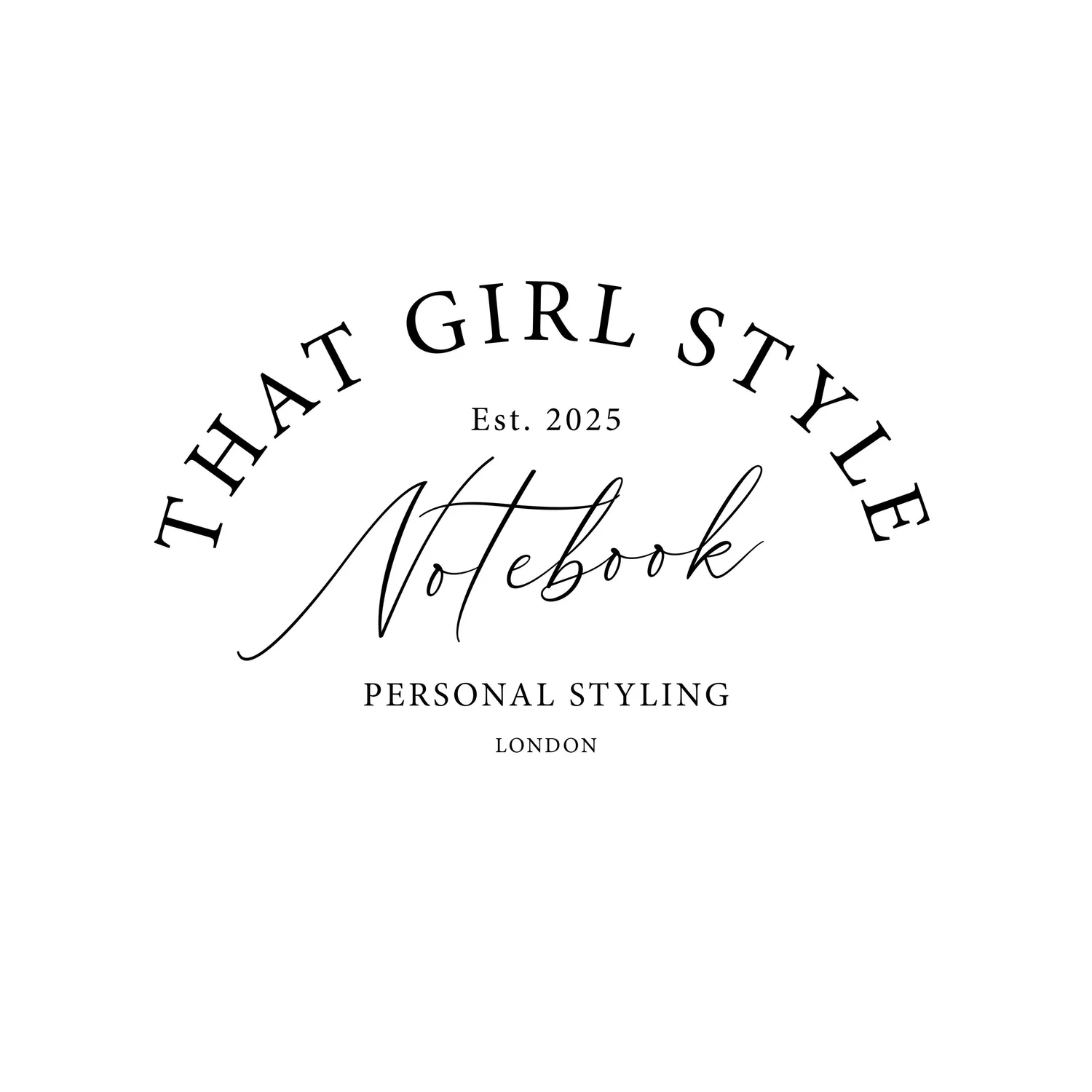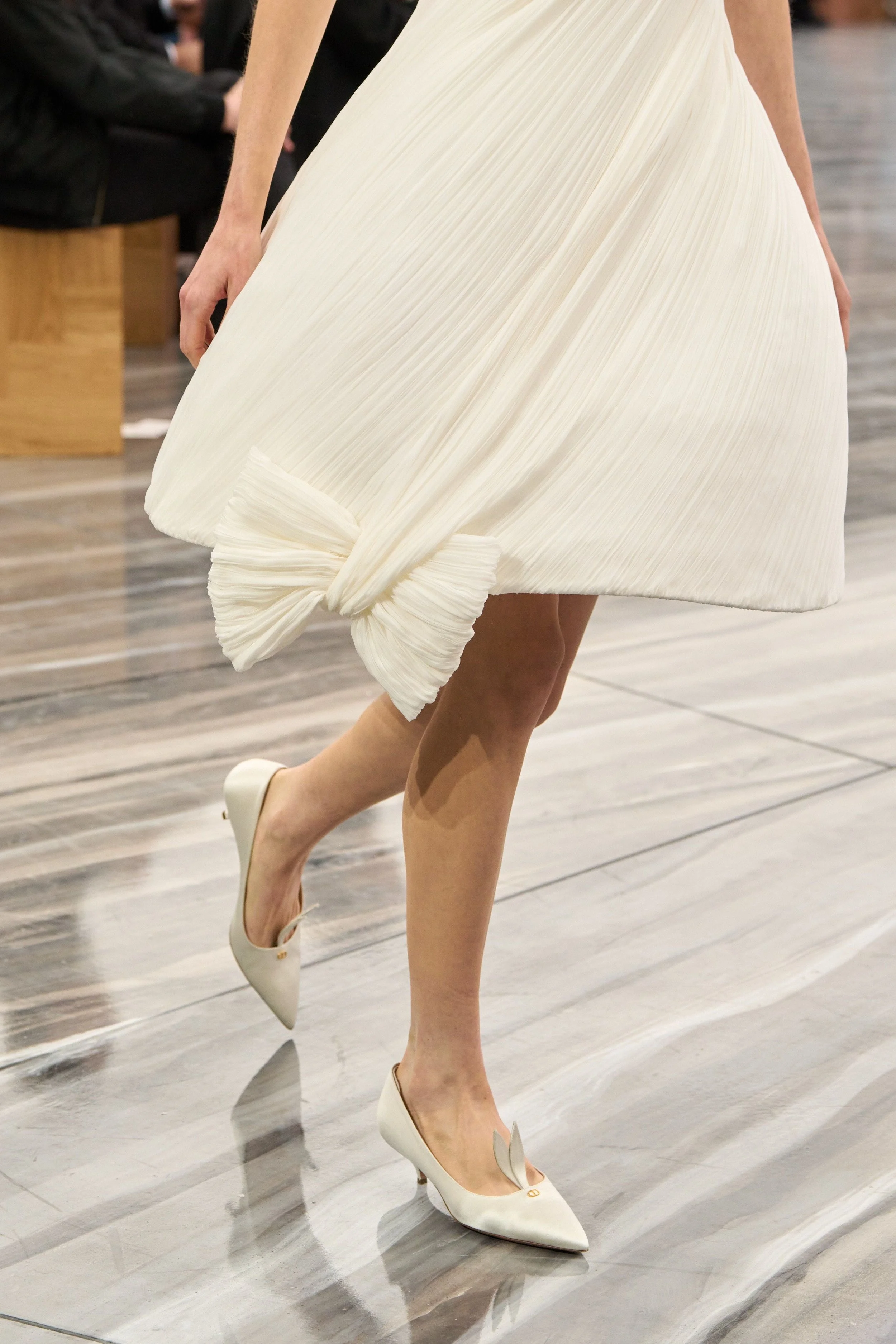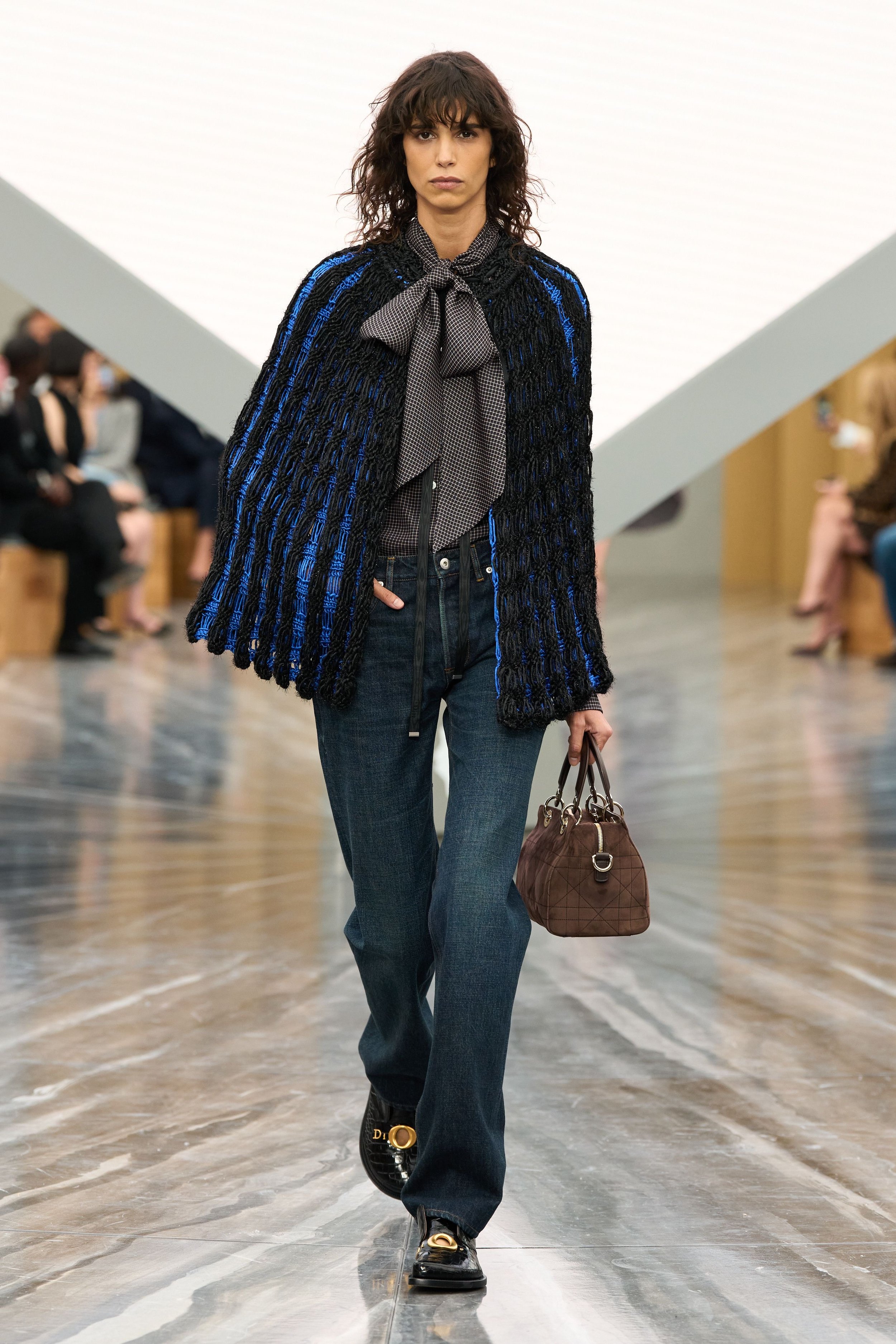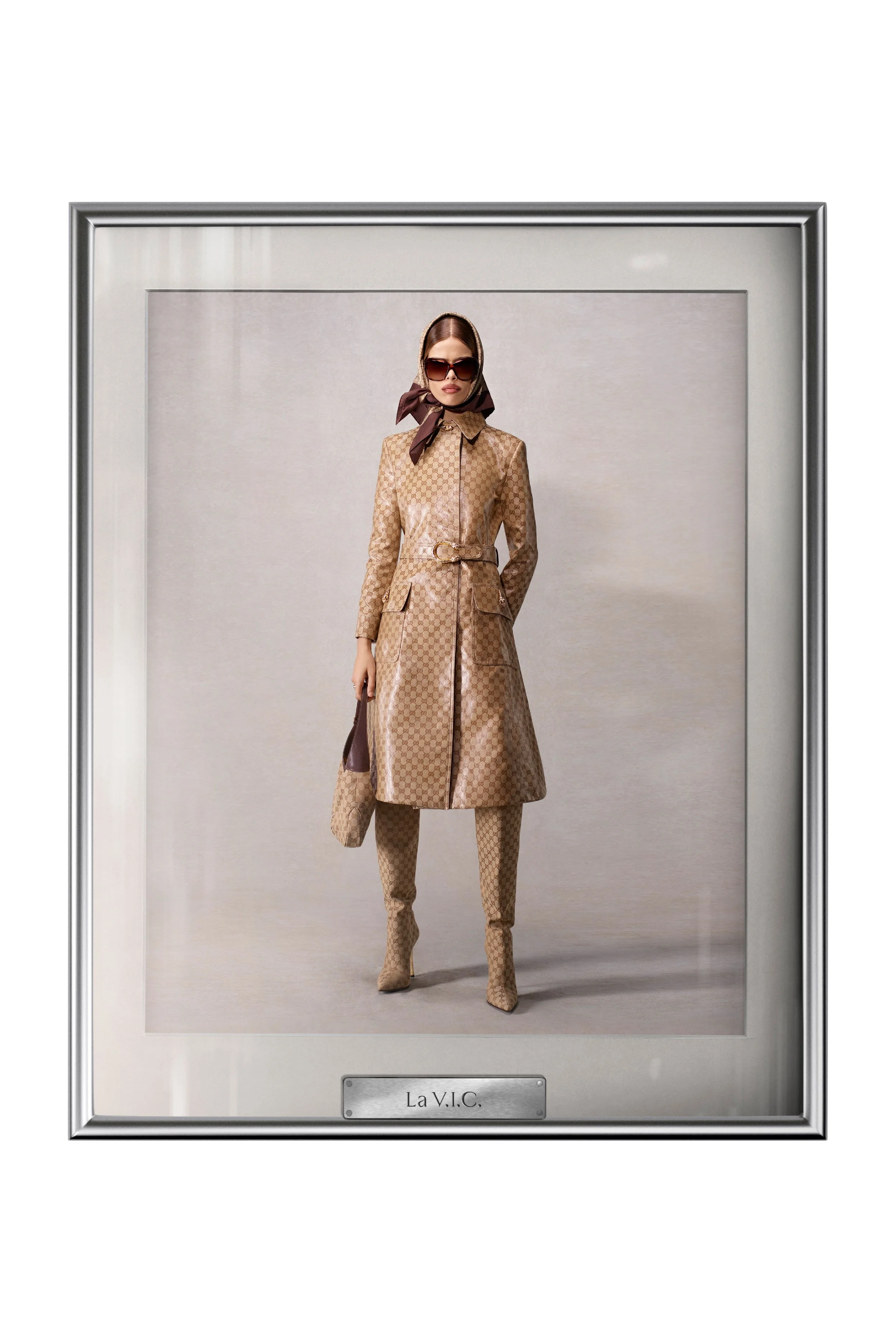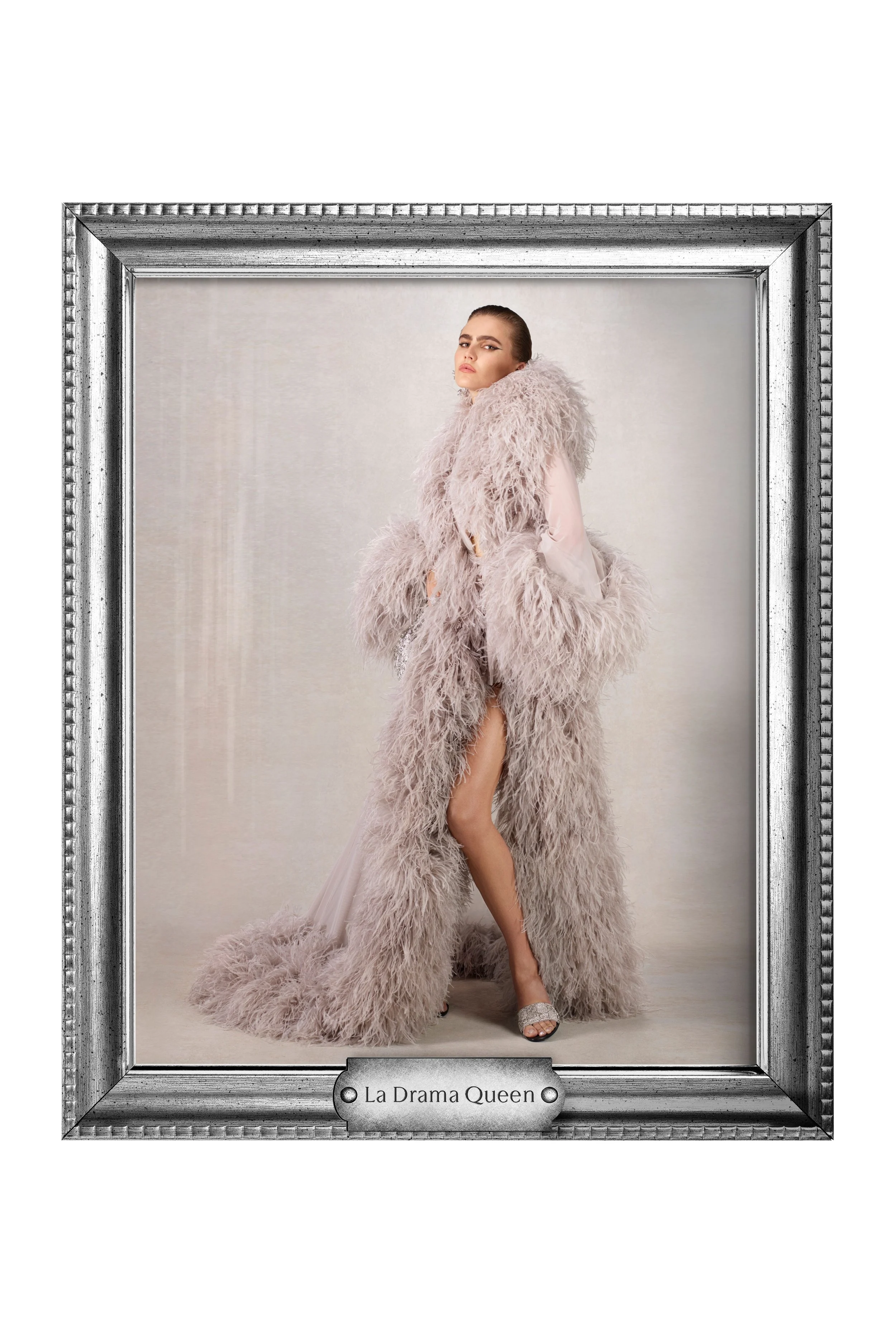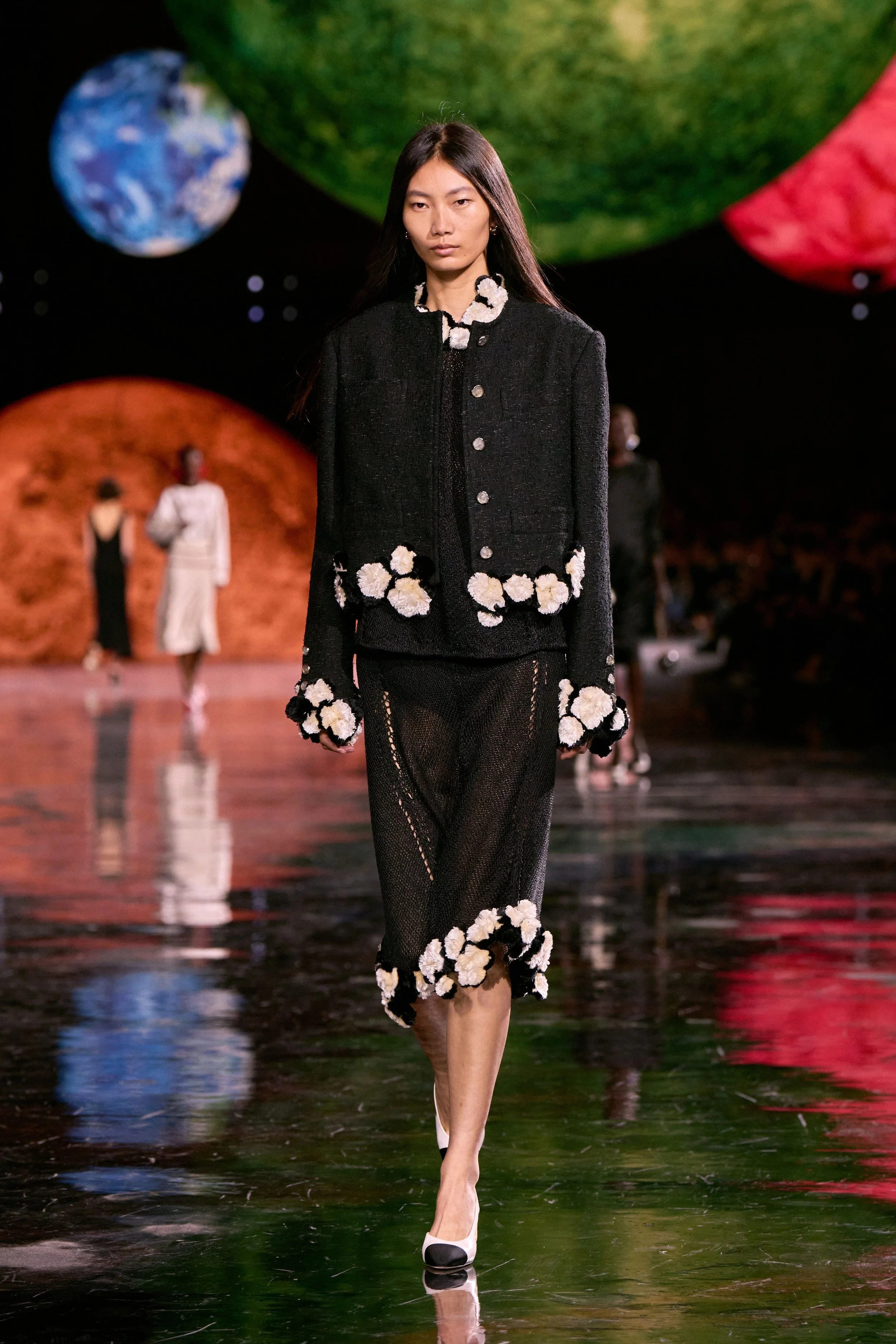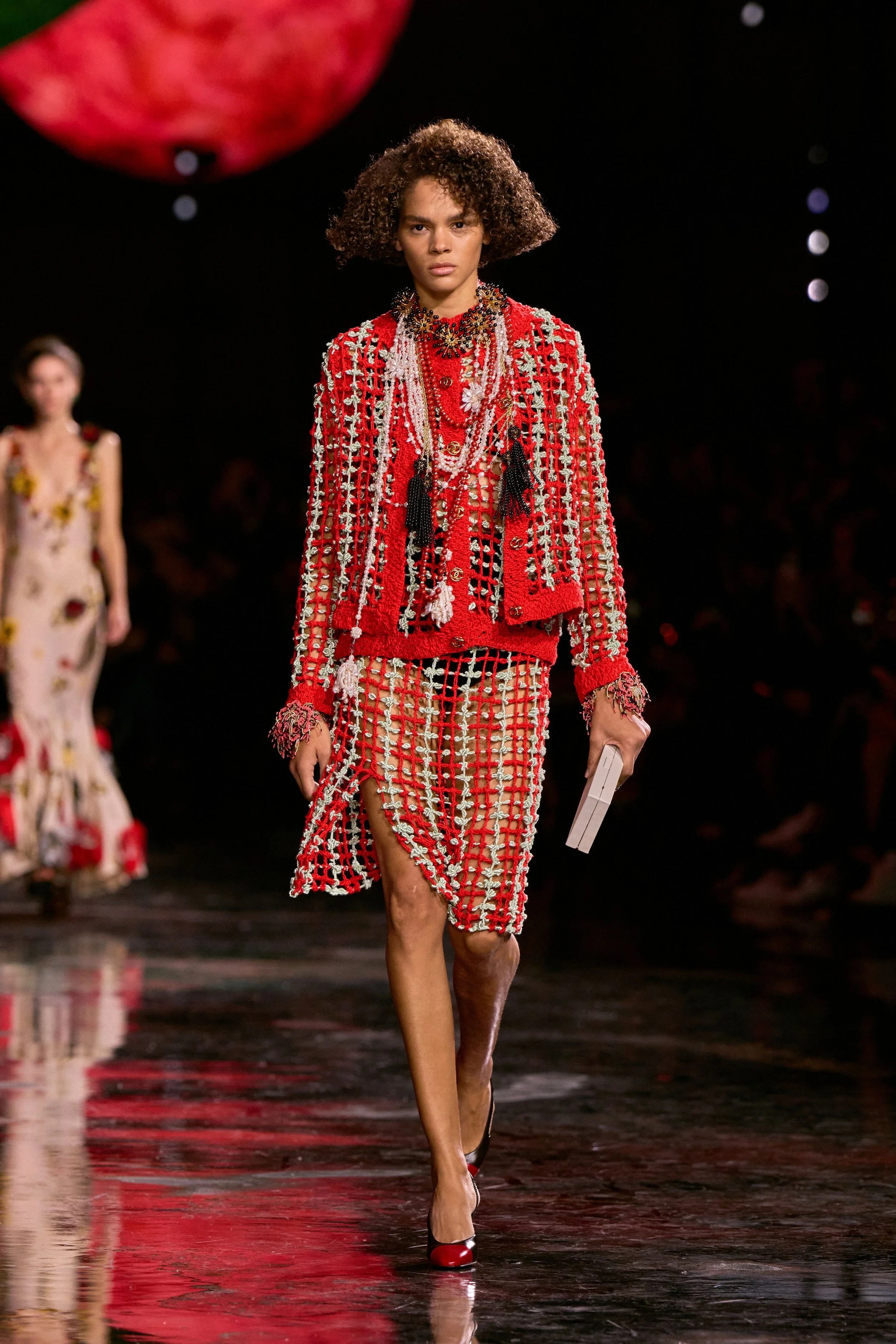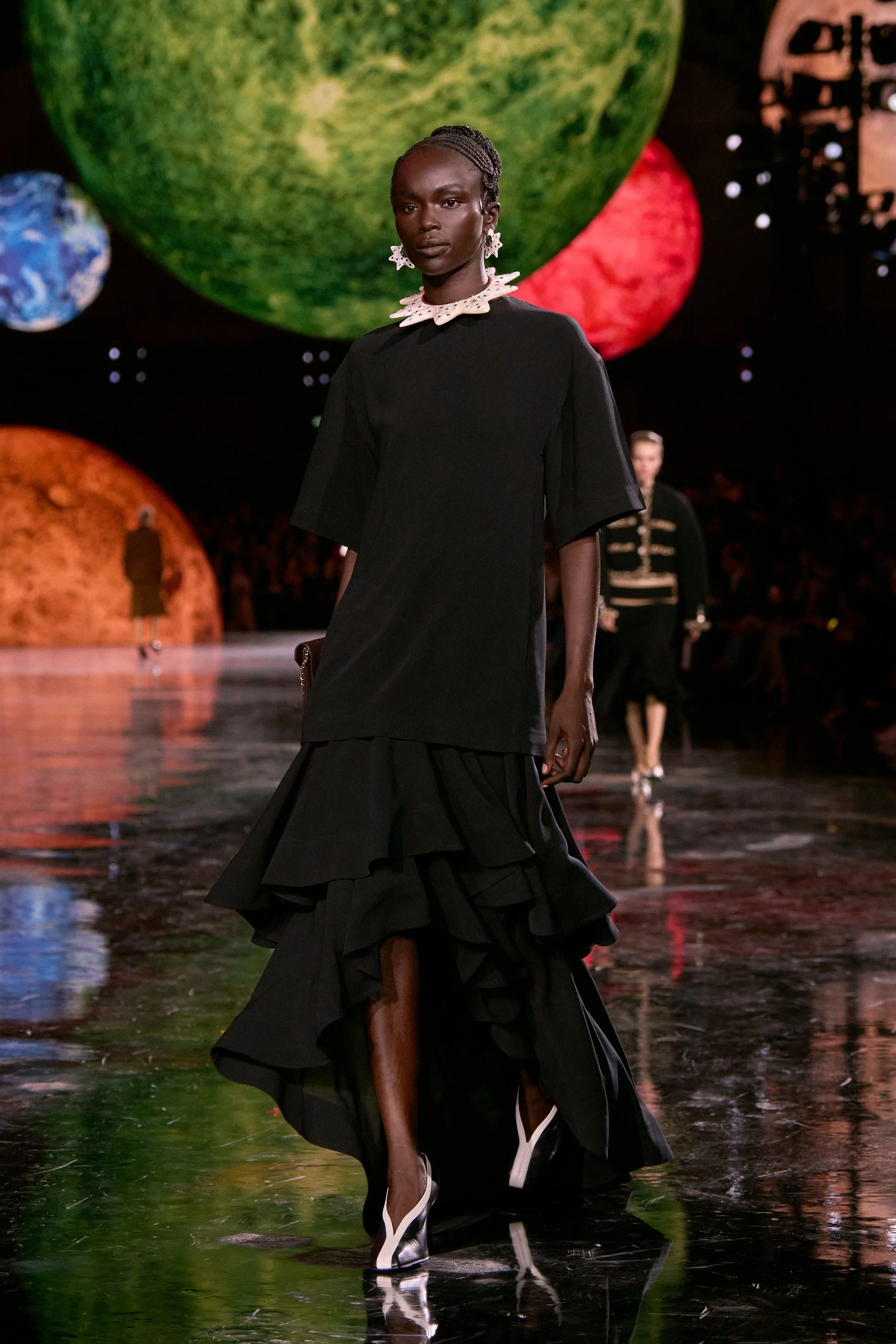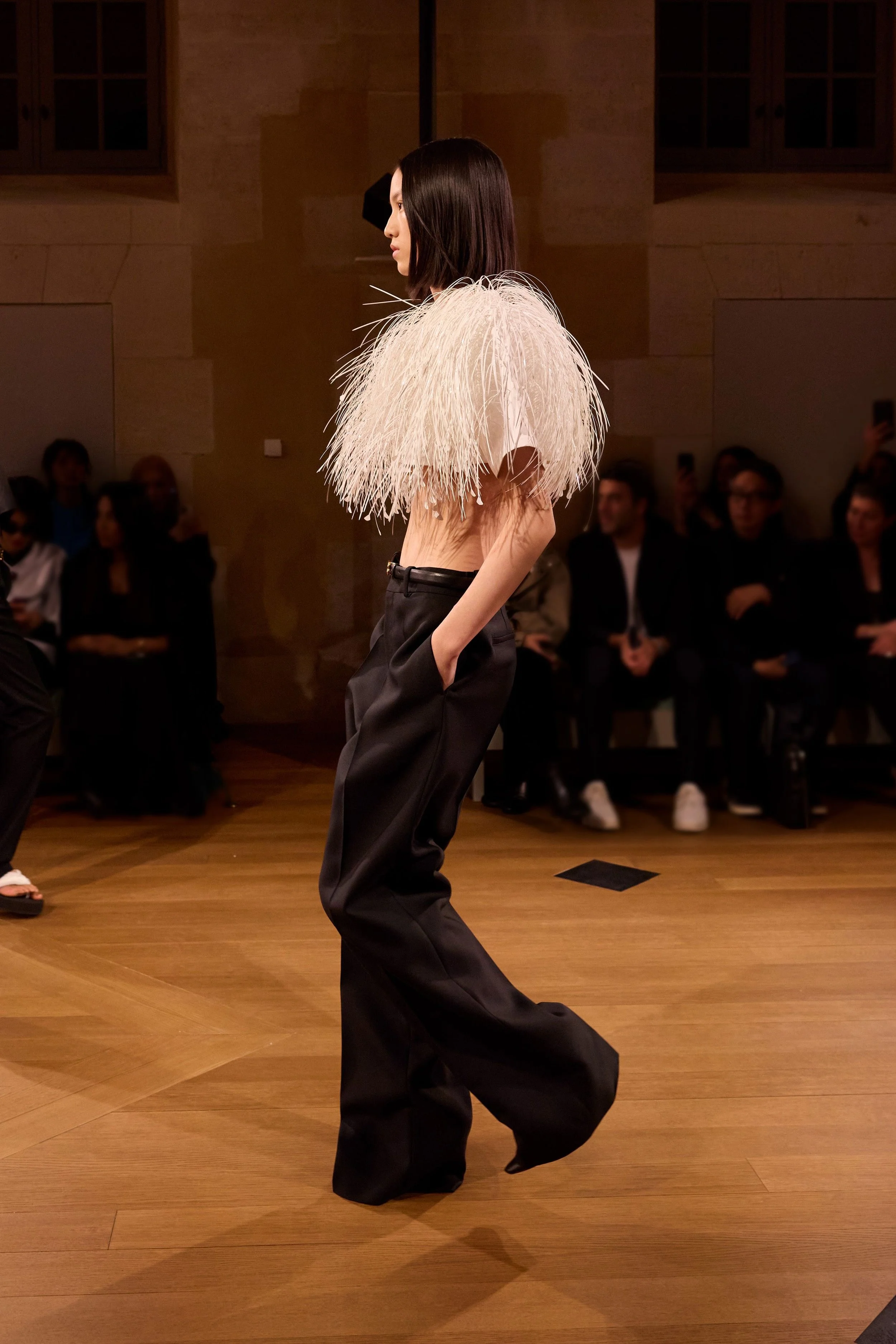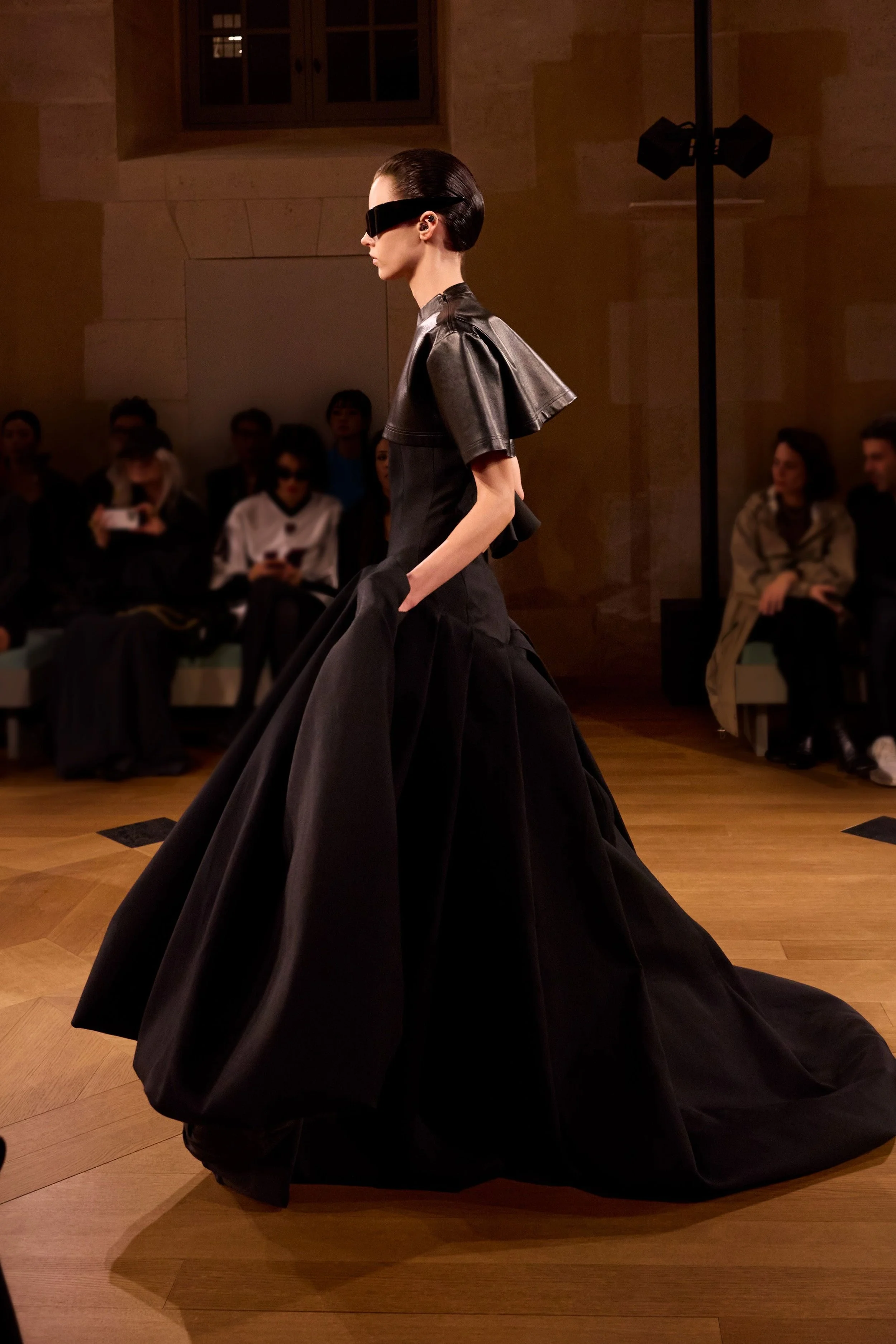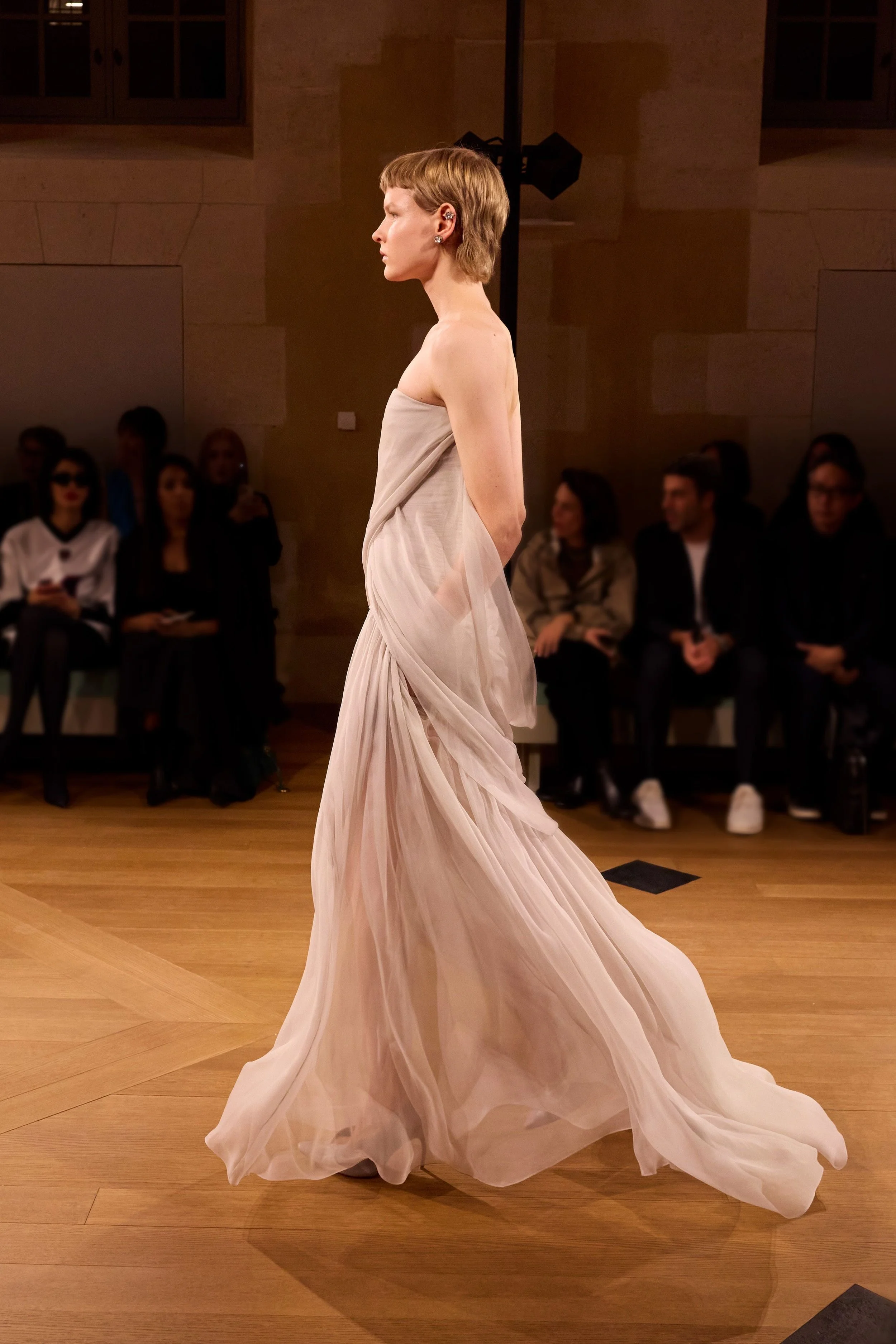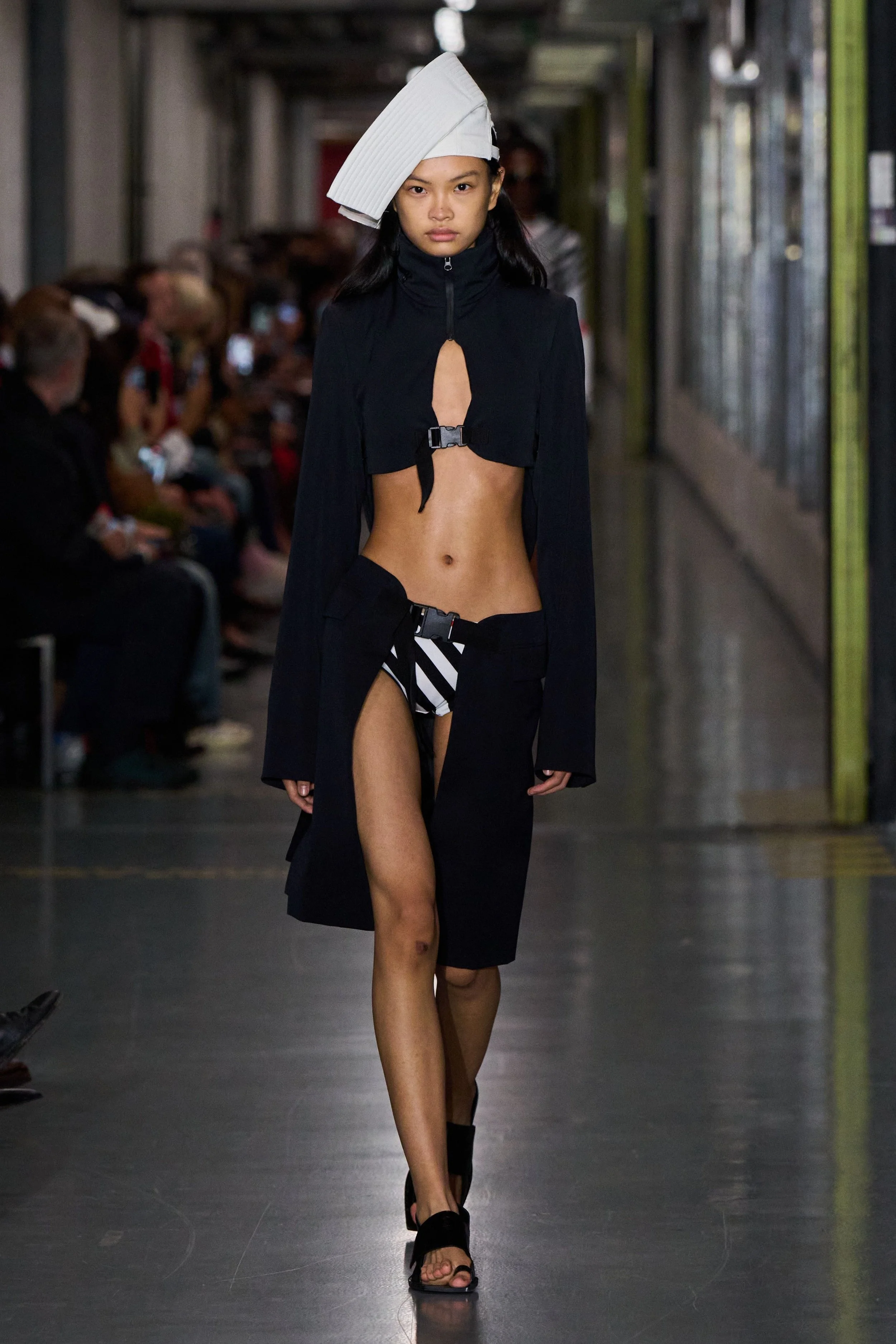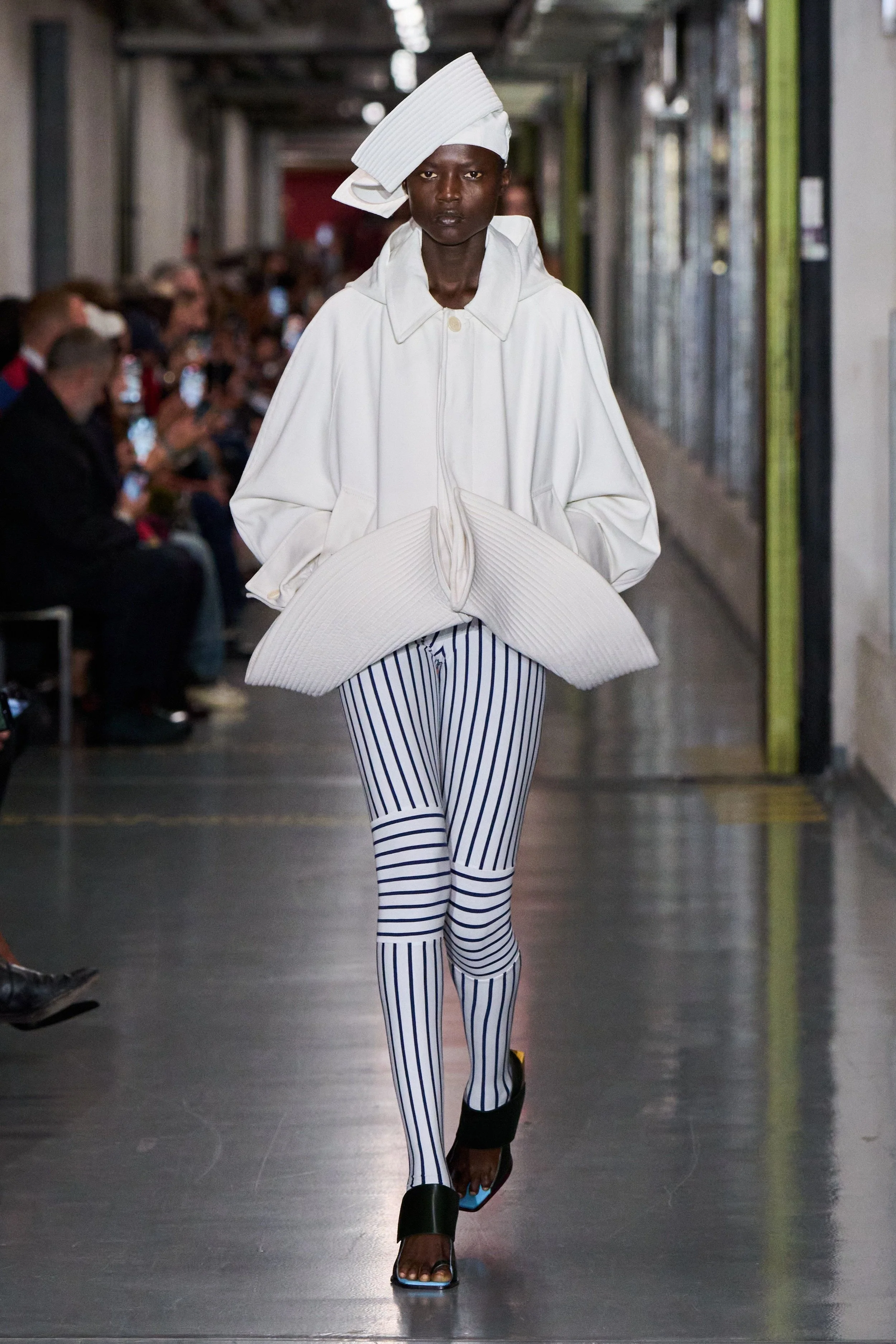The Great Fashion Reset: Inside Luxury’s Season of Reckoning
This season, the fashion landscape has felt like an ever-shifting rip current — deep-diving twists, sudden turns, and an industry struggling to keep its footing. The biggest luxury houses unveiled new collections under a carousel of freshly appointed creative directors, each attempting to steer heritage into the future. What has unfolded feels less like a fashion calendar and more like a global game of musical chairs. But as the dust settles, one question remains: which brands truly redefined their identity, and which merely rearranged the furniture?
Beneath the glamour and gloss, luxury is wrestling with its own contradictions. Escalating prices, exposure of unethical supply chains, and a growing disillusionment around quality have left consumers questioning what “luxury” even means anymore. Swapping creative directors won’t drown out the noise; the transformation the industry faces must be aesthetic, cultural, and structural. The world no longer accepts surface-level change.
An Identity Crisis in Couture
Luxury fashion was built on fantasy — escapism, aspiration, and artistry. Yet the recent collections suggest a sector in search of soul. Too many male designers, critics argue, have lost touch with the women they design for. The results? Garments that photograph beautifully but fail to connect emotionally. The essence of femininity — fluidity, confidence, subtle power — has been replaced by sterile spectacle.
“Luxury is not enough anymore,” Chanel creative director Matthieu Blazy recently told Vogue Business. His words echo a growing sentiment within the industry: that beauty without cultural resonance is no longer sufficient. The consumer has evolved; the industry must follow.
The Age of Reckoning
In this new chapter, complacency is fatal. Safe collections feel stale; houses that take risks — that challenge their own archives and confront discomfort — are the ones sparking conversation. It’s no longer about who has the loudest logo or the most star-studded front row. Relevance now belongs to the brand that has something to say.
Legacy alone can’t buy credibility. The great maisons are being forced to prove that they still have purpose — that craftsmanship, ethics, and imagination can coexist. The creative reshuffle across fashion’s upper echelon is not cosmetic; it’s existential. These appointments represent a collective gamble that reinvention, not repetition, will carry the industry forward.
A Future Defined by Depth
Fashion has always been cyclical, but the conversation has changed. A new generation of consumers — globally connected, culturally attuned, and ethically aware — is demanding more than spectacle. They want sincerity. They want vision.
The great fashion reset will not be defined by who designs the next viral look, but by who redefines what luxury stands for in the first place. Because in the end, heritage without heart is just branding.
Jonathan Anderson at Christian Dior
Heritage Reimagined
Christian Dior Spring 2026 Ready-to-Wear Collection. Photo Credit: Alessandro Viero & Daniele Oberrauch / Gorunway.com
Jonathan Anderson entered Dior’s storied halls in 2025 as its first Creative Director to oversee both women’s and men’s lines (and haute couture) since Christian Dior himself. It was a landmark moment. Rather than issue a radical manifesto, Anderson opted for dialogue with history: a careful riff on Dior’s archives, reinterpreted for now.
His SS26 debut womenswear collection, shown in the Tuileries, opened with a short film that played like an archival meditation. Key touchstones, like the Bar Jacket, were dramatically shrunk or reworked, paired with youthfully bold items like denim minis and sculpted bows. Formality met casual in unexpected ways.
Praise and critique poured in. Many celebrated his ability to balance Dior’s legacy codes—pleats, bows, architectural tailoring—with wearability and modern edge. Others found the vision still forming: some looks felt more archival collage than coherent identity, and questions lingered over who the new Dior woman is under Anderson’s tenure.
Still, what can’t be denied is the confidence in Anderson’s debut. It earned a standing ovation. It isn’t perfect. But it matters. Because it signals that Dior means to evolve—not erase. In that tension between past and present, Anderson is sketching out a Dior that might finally feel lived-in again, elegant again, essential again.
Demna at Gucci
Reinvention Over Repetition
Gucci Spring 2026 Ready-to-Wear Collection. Photo Credit: Courtesy of Gucci
Demna’s appointment at Gucci was always a gamble. Known for provocation at Balenciaga, he now inherits legacy codes at a house that has struggled to maintain relevance under Sabato de Sarno. His debut, La Famiglia, was launched via a short film — starring Demi Moore and directed by Spike Jonze — rather than via a traditional runway, signalling his desire to fuse narrative with fashion.
Gucci insiders and critics alike called it a “statement of intent,” not a fully formed manifesto. The collection reasserted Gucci’s classic motifs — the Flora print, horsebit hardware, bamboo handles — while introducing softer, more fluid silhouettes and moments of sensuality. But this reintroduction of archival DNA came with questions: did the new codes push forward, or merely recycle what was once iconic?
Commercially, Demna’s debut generated traction. Gucci adopted a “see-now, buy-now” model, releasing La Famiglia in select global stores — an early test of market appetite and speed. Critics were mixed: some praised the clever reanimation of “Gucciness” for a new generation; others warned it felt overextended, lacking the calm hand needed to steer legacy.
Demna is not renovating Gucci — he’s trying to make a new identity within its vaults. If this debut is any indication, Gucci’s future will be less about perfection and more about tension, hybridity, and evolving resonance.
Matthieu Blazy at Chanel
Softening the Codes
Chanel Spring 2026 Ready-to-Wear Collection. Photo Credit: Isidore Montag / Gorunway.com
Blazy’s ascent at Chanel felt less about shock and more about refinement. His debut was greeted not with a jolt but with subtle shifts: dropped waists, exposed seaming, softer tailoring, and less stiffness. This was a house looking to breathe again.
Reviewers lauded his ability to balance craftsmanship with ease. Some saw this as a return to the poetic — dresses anchored in movement, not monumentality. Others questioned whether he had sufficiently challenged Chanel’s deep archive. But overall, his debut is viewed as building trust before taking flight.
In Blazy’s hands, Chanel seems to be shedding armor — not abandoning its history, but layering the codes with softness and restraint. The ambition is clear: to let the house feel contemporary without losing its silhouette soul.
Pierpaolo Piccioli at Balenciaga
A Love Letter to Legacy
Balenciaga Spring 2026 Ready-to-Wear Collection. Photo Credit: Courtesy of Balenciaga
Few transitions were as anticipated as Piccioli’s at Balenciaga. His debut, “Heartbeat,” was delivered in the brand’s historic Laennec headquarters and leapt off archival references — Cristóbal’s sculptural volume, past prints, and the brand’s dramatic silhouette history — but filtered through Piccioli’s deeply romantic lens.
Critics responded with near-unanimous admiration for his emotional resonance. The room was said to “breathe love,” a testament to his ability to infuse sentiment into structure. By threading continuity and warmth, Piccioli could anchor Balenciaga in both memory and possibility.
This debut wasn’t about reinvention — it was about restoration. Under Piccioli, Balenciaga may become a house not of extremes but of emotional sculpting: bold, yes, but also tender.
Duran Lantink at Jean Paul Gaultier
Provocation as Rebirth
Jean Paul Gaultier Spring 2026 Ready-to-Wear Collection. Photo Credit: Isidore Montag / Gorunway.com
Lantink makes his Gaultier debut after years of guest designers, and he arrives with audacity. He did not retreat into the archives. Instead, he launched JUNIOR, a collection that flexed modular design, fluid gender codes, theatrical inventiveness, and a refusal to replicate.
Reactions were polarising. Some critics found it divisive or performative, others celebrated it as a necessary rupture. Lantink’s version of Gaultier is less curator and more provocateur. As industry voices like Julie Gilhart observed, “Duran dared like a young Jean Paul once did.” He challenged not only the archive but expectations.
What’s clear is this: Lantink doesn’t see legacy as a vault to protect, but a story to provoke, disrupt, and rewrite. He is staking a claim not in preservation, but in possibility.
The Stakes of Reinvention
The creative swaps of 2025 are not about fresh faces; they are declarations. They challenge legacy houses to evolve with integrity or risk stagnation. For fashion to remain meaningful, it must speak to its age — not merely reflect it. These artistic handovers mark not a passing of the baton but the rewriting of the language of luxury. The brands that emerge with resonance — not nostalgia — are those that will define the next chapter of style.
